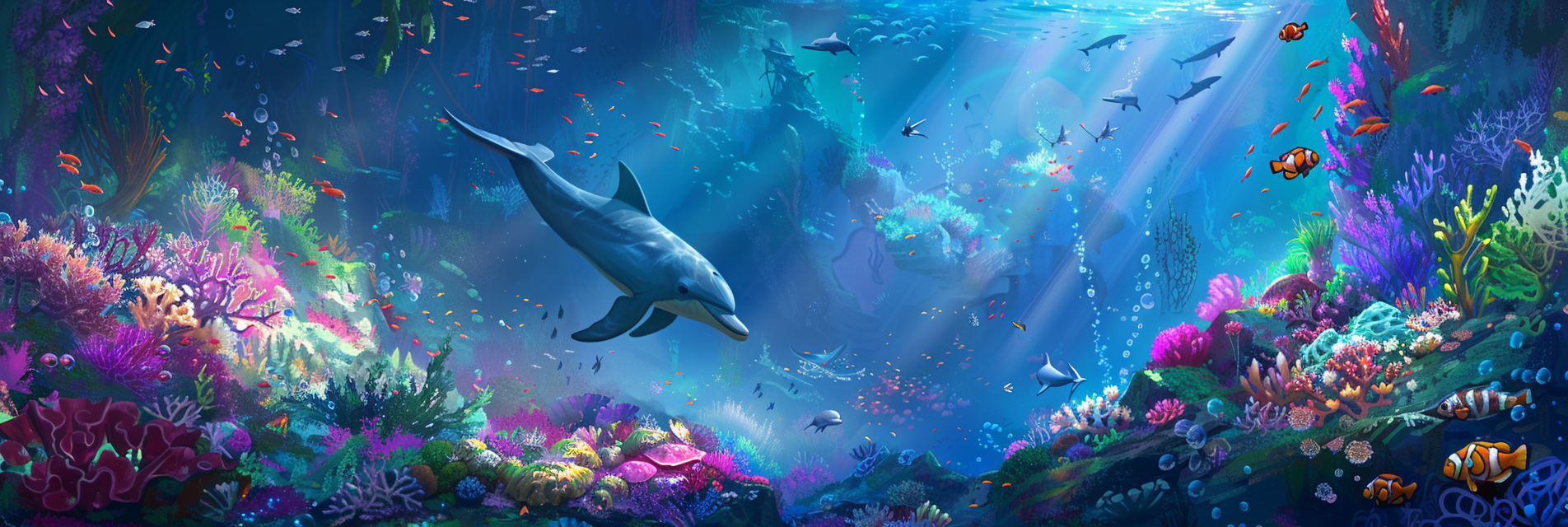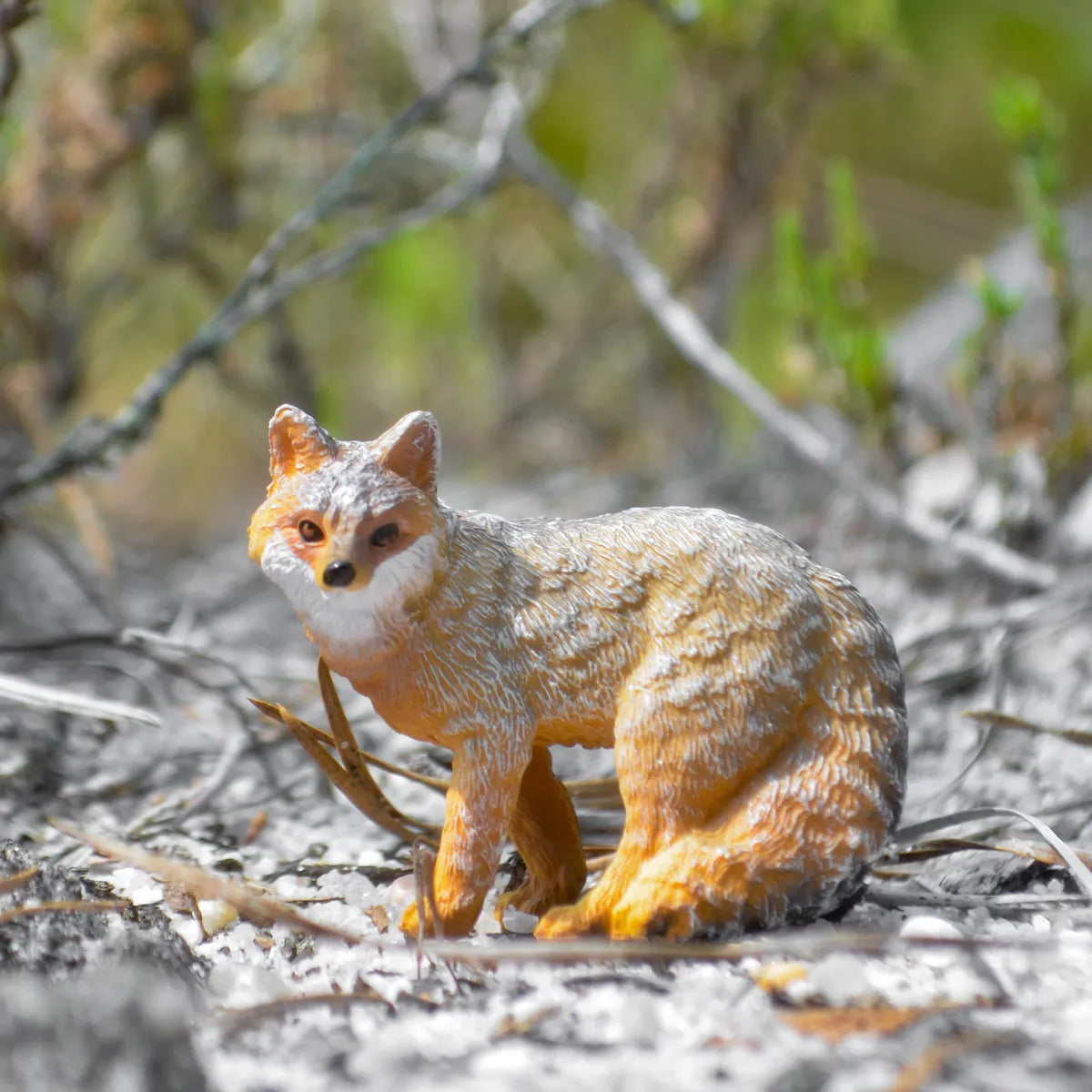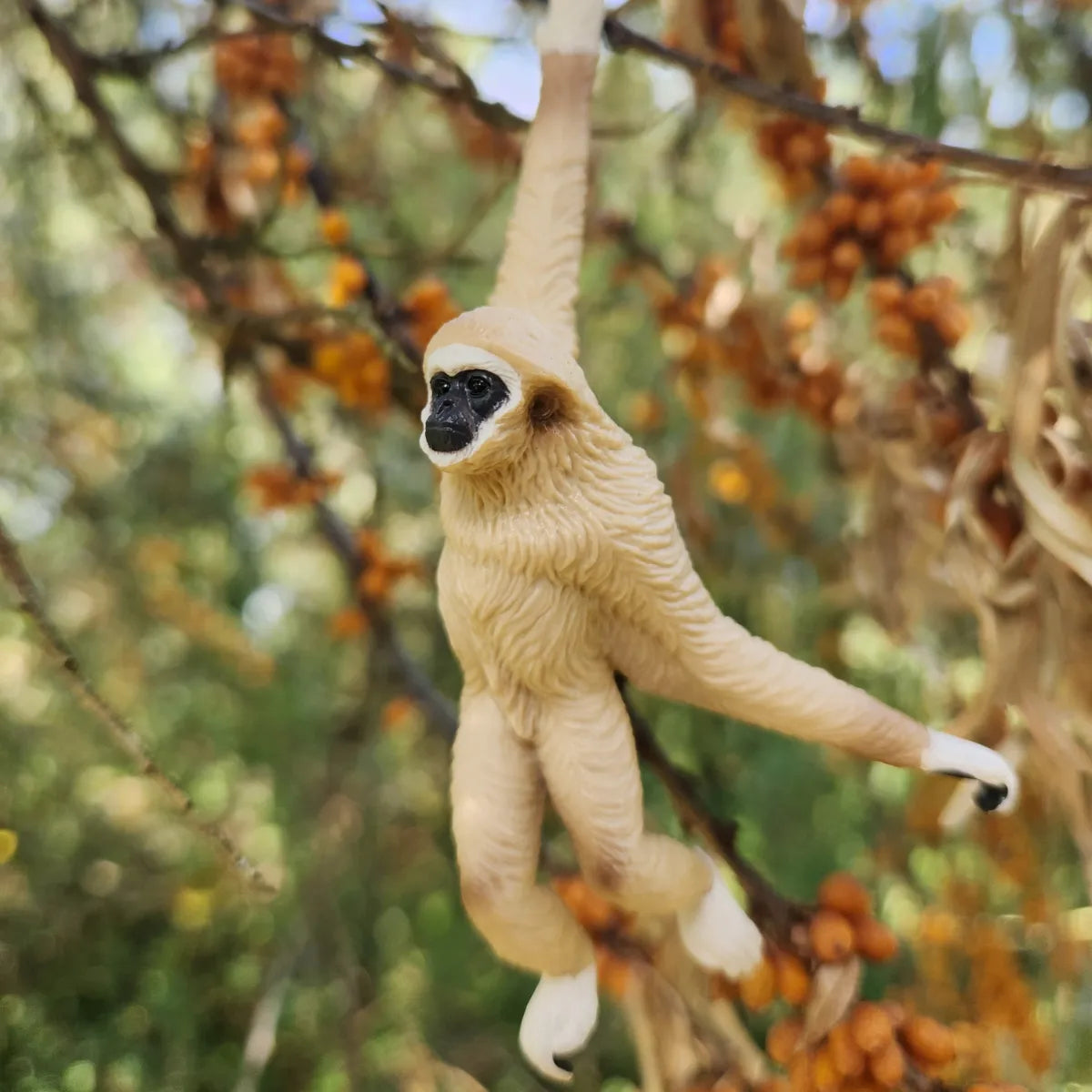
Seal
Seals are adapted to cold oceans, feeding on fish and squid, and feature thick blubber and flippers.
Scientific Name
Phocidae
Behavior
Seals are marine mammals known for their semi-aquatic lifestyle, spending significant time both in water and on land or ice. They are adept swimmers, using their streamlined bodies and powerful flippers to navigate through water while hunting for fish, squid, and crustaceans. Seals are generally social animals, often seen resting in groups on shorelines or ice floes. However, their social structure and behavior can vary widely among different species.
Breeding
Seal breeding strategies vary by species, but many exhibit site fidelity, returning to the same breeding grounds each year. Females typically give birth to a single pup annually, following a gestation period that can range from 9 to 11 months, including delayed implantation in some species. Mother seals nurse their pups with rich milk, leading to rapid weight gain for the pups before they are weaned.
Characteristics
Seals in the Phocidae family are characterized by their lack of external ear flaps and their ability to move on land by wriggling on their bellies. They have thick layers of blubber to insulate against cold water temperatures. True seals vary greatly in size, from the relatively small ringed seal, weighing around 150 pounds (68 kilograms), to the massive southern elephant seal, which can weigh over 4,000 pounds (1,800 kilograms).
History
Seals have played a significant role in human culture, especially among indigenous peoples of the Arctic, who have hunted seals for thousands of years for their meat, fat, and hides. In many cultures, seals have featured in myths, legends, and art.
Current Status
The conservation status of seals varies widely among species. Some, like the Mediterranean monk seal, are endangered due to habitat loss, hunting, and interaction with fisheries. Others, like the harbor seal, are abundant and have stable populations. Major threats to seals include climate change affecting ice habitats, bycatch in fishing operations, pollution, and legal and illegal hunting. Conservation efforts for seals include habitat protection, regulations on hunting and fishing practices, and efforts to mitigate climate change impacts.




